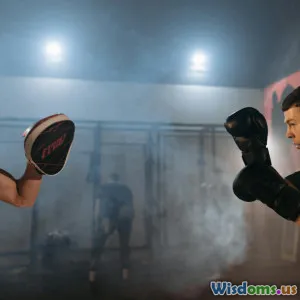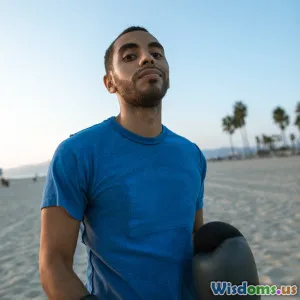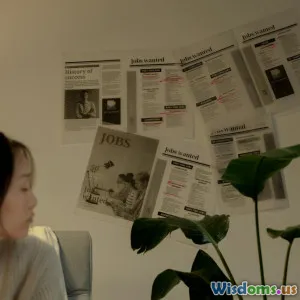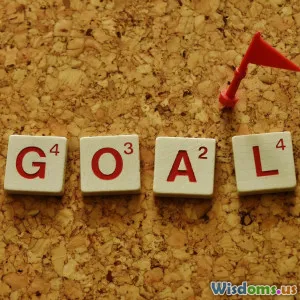
Visualization Versus Reality Which Drives Greater Achievement
14 min read Explore whether visualizing success or facing reality leads to greater achievement, with scientific insights and practical examples. (0 Reviews)
Visualization Versus Reality: Which Drives Greater Achievement?
Achievement is often celebrated as the end result of grit, strategy, and sometimes a spark of luck. Yet, beneath every triumph lies a vital debate: does envisioning success through visualization motivate us more powerfully, or does direct engagement with reality foster superior achievement? Champions in sports, leaders in business, and artists shaping culture have all leaned into one or both of these approaches. Let us unravel the science, stories, and actionable strategies behind both, and see which paves the more reliable path to excellence.
The Power of Visualization
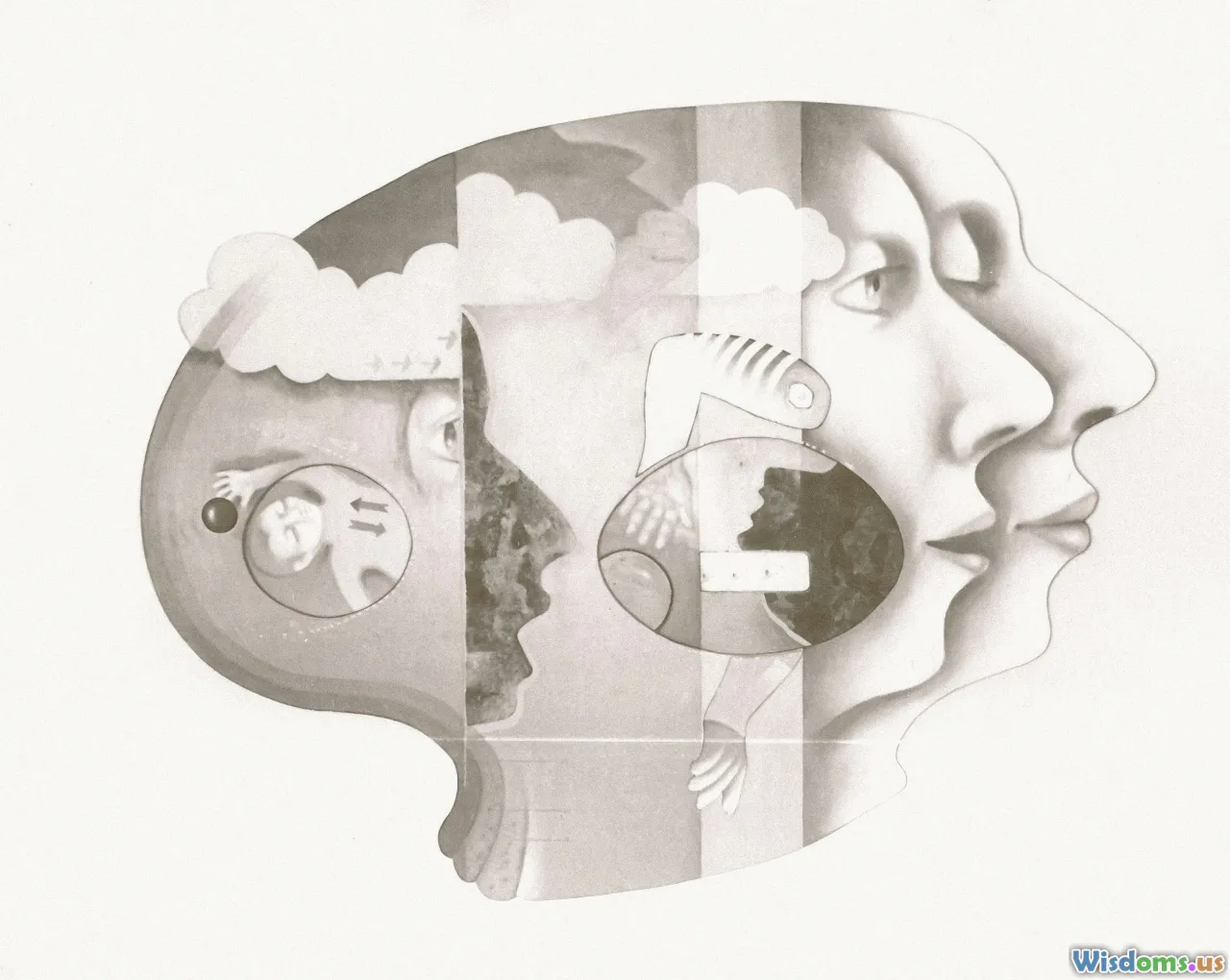
Visualization is more than daydreaming. It is a deliberate mental practice, popularized by Olympic champions and peak performers. When athletes close their eyes to "see" the finish line or musicians imagine every note before stepping on stage, they tap into a cognitive rehearsal proven to prime the brain for performance.
How Visualization Works
Neurologists have found that mental imagery activates some of the same neural circuits as actual practice. In a famous study at the Cleveland Clinic, Dr. Guang Yue asked volunteers to imagine exercising their pinkie finger. Those who visualized the movement (but didn't physically move their finger) increased their finger strength by 35%—about half the boost achieved through weeks of actual gym work. What happens here is profound: the brain cannot distinguish vividly imagined scenarios from real-world actions, thus strengthening synaptic connections for tasks imagined.
High-Performance Examples
- Athletics: Michael Phelps famously details his "tape"—a mental video he plays every night, picturing every stroke of his races. He attributes many victories to an already-rehearsed performance in his head.
- Public Speaking: Cognitive-behavioral therapists use guided imagery to help speakers rehearse emotional calm and delivery, reducing anxiety and improving stage presence.
When Visualization Falls Short
Yet, visualization as a standalone strategy is limited. A review by psychologist Gabriel Oettingen found that simply fantasizing about success can sometimes decrease performance by creating pleasurable feelings—fooling the brain into feeling it's already achieved the goal. This phenomenon, akin to a dopamine reward sans real progress, may sap motivation, especially if not paired with actionable steps.
Embracing Reality: Action Over Aspiration

Direct engagement with the world—the tangible effort, feedback, and sometimes the failure—offers a different kind of catalyst for achievement. This "reality-driven" approach leans on action, iteration, and direct learning to fuel progress.
Action as a Learning Engine
Unlike visualization, action immediately reveals cause and effect. Whether it’s a code-breaking student correcting errors, or an entrepreneur iterating their marketing pitch based on customer reactions, reality is a persistent teacher. Angela Duckworth’s research on "grit" highlights sustained effort in the face of obstacles as the best predictor of long-term achievement. Without action, learning plateaus; with action, every setback can become feedback that sharpens skill.
Real-World Examples
- Startups: The movement "build fast, fail fast" in tech advocates for launching prototypes without endless planning. Dropbox's MVP (minimum viable product) was originally just a video—real enough to collect feedback before building the infrastructure. The company refined its offering directly from customer input, rocketing to success.
- Education: When schools pivoted online during 2020, the most effective teachers quickly adapted lessons by "trying things out"—modifying curricula, adopting new tools, and adjusting based on live classroom feedback, rather than exclusively planning or theorizing outcomes.
The Pitfalls of Pure Action
Action alone, however, can devolve into frantic busy-work if not guided by a vision or strategic planning. Chasing success without reflective moments to recalibrate may burn resources—or lead to repeated mistakes.
The Synergy of Imagination and Implementation

Rather than pitting visualization against reality, history’s highest achievers often combine both—translating mental dress rehearsals into real-world results.
Implementation Intentions: The Best of Both Worlds
Gabriele Oettingen introduced WOOP—Wish, Outcome, Obstacle, Plan—a method proven to increase achievement rates in multiple studies. WOOP links visualization (of achieving a goal and obstacles) with concrete planning (what-when-how-strategies). For instance, a student visualizes acing their exam, imagines the obstacles (distraction, procrastination), and crafts implementation plans (study at the library at 6 PM). This hybrid approach, tested across 450,000+ participants, consistently yields greater progress than either visualization or action-planning alone.
Examples in Practice
- Elite Performing Arts: Yo-Yo Ma, the world-renowned cellist, is reputed to combine hours of visualization (picturing each subtle movement) with relentless hands-on rehearsal—melding mind and matter into flawless concerts.
- Business Leadership: Leaders at Google champion "design thinking"—starting with empathy (visualizing user needs) then testing ideas rapidly. Each innovation cycle begins with vision, grounds itself in reality, and then iterates—ensuring neither fantasy nor raw action dominates.
Actionable Strategy: Creating a Visualization-to-Action Habit
Want a practical routine? Try this daily protocol:
- Envision a specific achievement. Spend five minutes picturing success vividly (the who, what, when, where, and how you feel).
- Identify likely obstacles. Reflect on internal (fear, distraction) or external (time, resources) hurdles.
- Frame an if-then plan. For each obstacle, pair a proactive response ("If I feel overwhelmed, I’ll break my task into 10-minute sprints".).
- Act, then review. Move forward and end the day with a quick reflection: What worked? What needs adjustment?
Research in The British Journal of Health Psychology found that students who made "if-then" implementation intentions about their study routines outperformed those who only visualized studying or merely intended to study. Action clearly amplified by visualization wins.
When Visualization Empowers Achievement
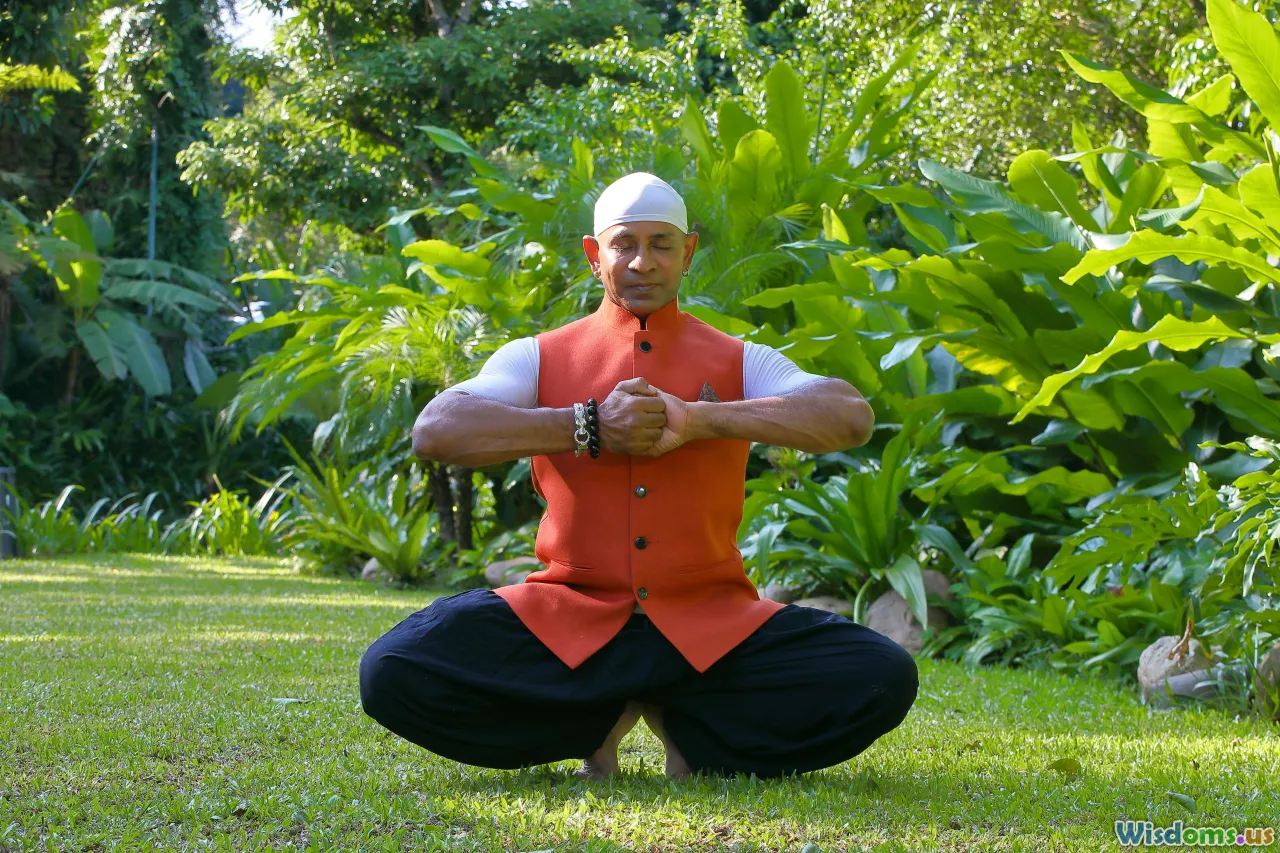
Let’s examine scenarios where visualization not only supports, but directly empowers superior outcomes.
Overcoming Anxiety and Building Confidence
Visualization helps boost confidence in high-pressure moments. Surgeons use it before delicate operations, imagining each movement. By the time they step into the operating theater, their minds have rehearsed dozens of challenging scenarios, reducing anxiety and improving composure. Visualization in this way supplements reality; even if real practice falls short (such as public speaking opportunities being rare), one can rehearse the pressures and emotions in the mind.
Enhancing Recovery and Perseverance
Injured athletes often use visualization to "rehearse" comeback routines when physical practice is impossible. Research published in Neuropsychologia shows that stroke patients who visualize physical movements recover motor skills significantly faster. Here, imagination is less of a luxury and more of a bridge—connecting intent with the ability to act in the future.
Creative Problem Solving
Visual storytelling and simulation help innovators imagine products and solutions before a single prototype is built. For NASA mission planning, astronauts undergo "imagery training" to predict glitches and strategize, making missions more robust and safe.
When Reality Reigns Supreme

Certain domains demand hands-on engagement—where the messiness of reality outperforms abstract thought.
Mastery in Skill-Based Fields
Learning a language requires actual conversations, not merely visualizing dialogues. Musicians may mentally map a symphony, but true mistakes, nuances, and interaction with an audience occur only with practice and performance. Thus, real memorization, adaptation, and learning accelerate only through repeated exposure to real-world pressure and unpredictability.
Business and Entrepreneurial Success
No entrepreneur has succeeded by envisioning customer success alone. Testing products, adjusting pricing, and pivoting in the face of rejection—this is the crucible where actual achievement occurs. The experience of Elon Musk—rapid prototyping, accepting real failures, and changing course—is illustrative. The spectacular success of SpaceX partly stemmed from blowing up rockets, learning what failed, and tinkering in response.
Improving Through Corrections
Feedback loops—prompt, clear information on results—are only possible in reality. Software developers, scientists, and elite athletes share this in common: the courage to act, receive tough data, and adapt.
Practical Tips: Merging Visualization With Action

Struggling to translate dreams into deeds? Use these actionable tips to blend the best of both worlds:
- Start Small With "Prehearsals": Before any key event (meeting, interview), close your eyes and walk through it step by step in your mind—focusing on how you’ll respond to stress and pivot when something goes awry.
- Anchor Dreams to Metrics: Write down your vision. Then, craft clear, measurable actions to bring it to life; e.g., if you visualize running a marathon, break training into daily runs logged in a journal.
- Share Your Intent: Talking out your vision with peers creates accountability, while real collaboration highlights blindspots visualizations may miss.
- Reflect and Tweak: Schedule short reviews weekly. What did your mind prepare you for that reality delivered (or didn’t)? Adjust both your visualization scripts and your practical strategies.
- Leverage Technology: Use tools like guided imagery apps, checklists, or online feedback loops to intersect imagination with implementation.
Visualize Boldly, Act Bravely

Great achievement arises not from choosing between visualization and reality, but mastering the artful dance between the two. Let your mind imagine, explore, and pre-rehearse extraordinary possibilities—then step into action, embrace risk and feedback, and let reality be your finest sculptor. Whether conquering a marathon or building your dream company, you’ll find success most sustainable when imagination lights the path, and tangible steps bring it to life. Achievers are not dreamers or doers—they are both, making each moment a rehearsal for the greatness they pursue daily.
Rate the Post
User Reviews
Popular Posts











